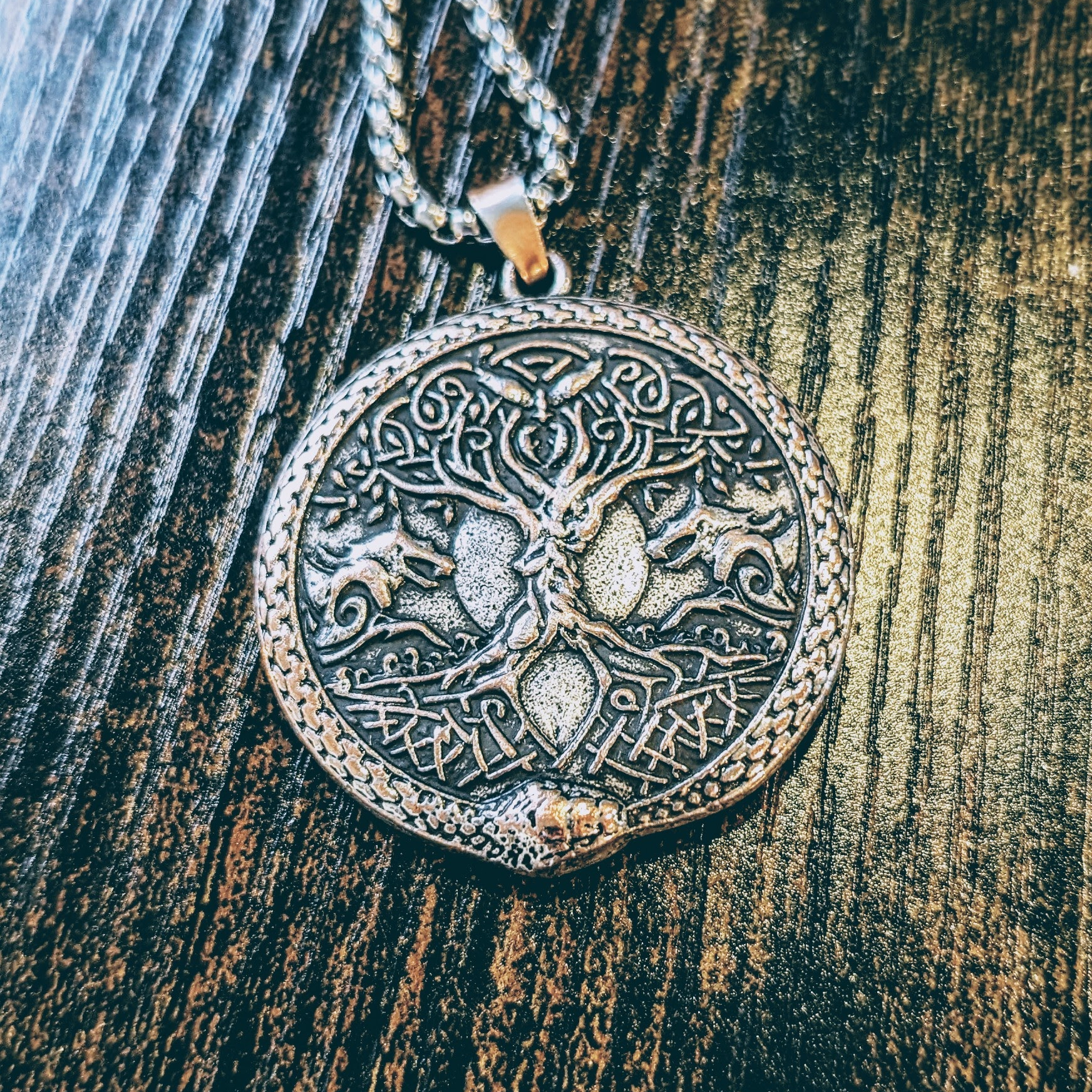This blog has talked about finding freedom in Christ and recently about finding freedom out of Christ, this post is going in the same direction but in a different car. It seems that this may turn into a series of its own right since I guess this could be considered an update from my post on being bitter. Please feel free to send an email to stories@recoveringalumni.blog if you would like to share your successes in recovery thanks to religious or spiritual practices beyond Christianity and atheism.
I often reflect on my progress in recovery. I guess one could equate it to “working out your salvation with fear and trembling” although I am no longer really afraid or trembling…or even saved. While I do find myself getting hit by the occasional PTSD trigger–Celine Dion’s My Heart Will Go On is an odd but unrelenting one– I more often joke about joining a cult vs solemnly talking about it in therapy.
I feel as though I am entering a new phase of my life. The pandemic has offered me an opportunity for a career change, leading me to an actual career instead of just a job. I recently remarried after years of thinking I would never love again. I was hard-set in my atheism a decade ago, but now? Well, I still am one but at least not as militant about it.

An unexpected outcome of my wedding was a newfound interest in paganism. While shopping for my Renaissance festival wedding outfit, I stumbled upon this pendant illustrating Yggdrasil, the World Tree in Norse mythology. This piqued my interest in celebrating my Irish and Norse roots.
For context, there are as many flavors of paganism as there are denominations in Christianity. A decade ago, if you told me you were pagan, I would assume you were Wicca and call you a witch. I knew that there were some people who worshiped the Greek pantheon, aka Hellenistic pagan, and it probably would not have surprised me to learn of people worshiping Thor, Odin, or Loki. But there are so many practices out there: Egyptian, Yoruba (West Africa, particularly Nigeria), or Shintoism if we want to go more East (though Shinto is not exactly pagan). After some contemplation, I landed on Druidry, which is primarily Celtic and Welsh.
I have only been exploring Druidry for a few months, so I have not dived too deep into it. If you are curious, I recommend checking out the Order of Bards, Ovates, and Druids (OBOD) for more information. If podcasts are your thing, which was mine for a while, they have an excellent podcast called Druidcast. These two things helped kick-start my journey.
If I could summarize Druidry in a nutshell, it would be this: Druidry is all about being in tune with the cycles of nature. There are not a lot of written records of the ancient Druids, so there is a lot of mysticism and wonder about them. There was a revival in the Victorian era that has laid quite the foundation for practice, and it has slowly evolved into the modern druidry as it is practiced today. For me and many others, Druidry is more of a philosophy than a religion, but there are plenty of others who take a more spiritual approach to their practice.
One thing that I enjoy about Druidry, and paganism as a whole, is the individuality of practicing. No two pagans are exactly the same, but there are probably many commonalities between them. For Druidry, one common element is the Awen symbol to the right (pronounced “ah-when”) and it represents the three rays of light. There are many interpretations of what each ray represents, but typically it’s centered around knowledge/wisdom and truth or it represents triads like mind, body, and spirit or land, sea, and sky or male, female, and a balance between the two.

The latter interpretation is how Druidry is helping me to recover from my religious trauma. Take two opposing viewpoints: male and female, Republican and Democrat, communist and capitalist, etc and find the balance between the two. This is similar to adage I have heard,
There are 3 sides to every story: yours, theirs, and what actually happened.
I had already started to dismiss the black-and-white thinking I encountered at Teen Mania so this lesson from Druidry is not new to me. Though, I am not sure that I have been super successful this past decade. The first 20-ish years of my life were spent as a steadfast Christian, primarily evangelical and fundamental. Then I swung the pendulum in the opposite direction when I deconverted. I became a fairly extreme atheist, even dipping into anti-theism where all religions and beliefs were bad. While I could be civil with most religions, I definitely struggled with not trolling Christians online. These phases represent the outer two rays. Now, I am calming down and trying to reach a more balanced approach to life. I am not perfect, but that comes with practice.
Joining Druidry and learning about the various meanings behind Awen, as well as seeing how different people practice paganism, has helped me immensely in finding balance and moving away from black-and-white thinking. I believe that anyone can benefit from breaking free from rigid religious structures and creating a more personalized approach to their faith and spirituality. I often hear Christians say, “It’s not a religion, it’s a relationship!” yet many seem to be carbon copies of one another. While the phrase is probably said with sincerity, it often rings hollow to those outside the faith. However, those who have deconstructed their beliefs seem to say it with more credibility. Regardless of where you fall on the spectrum, I believe it could benefit anyone to explore paganism and see if incorporating some of its practices into your faith (or lack thereof) can help.
